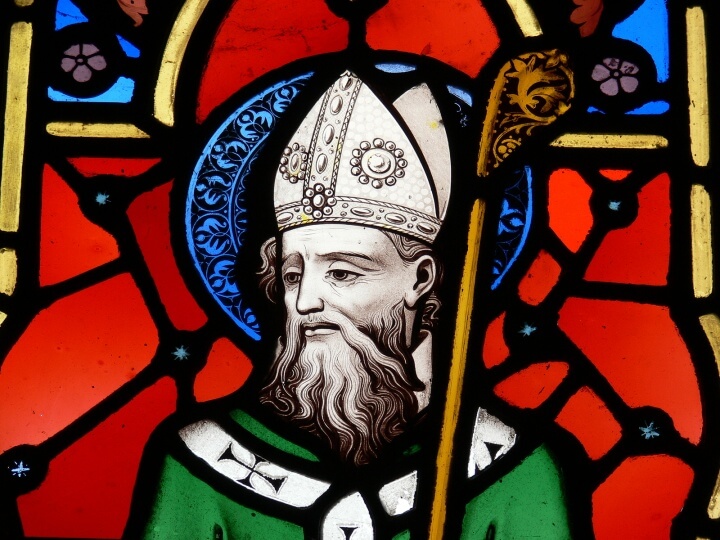
St. Patrick’s Day, St. Paddy’s Day or just Paddy’s Day is a yearly festival of celebrations around the world. It is an annual feast that celebrates Saint Patrick who was one of the patron saints of Ireland. We celebrate St. Patrick’s Day on March 17, which is the day on which St. Patrick is said to have died. It is a holiday that is celebrated in lands all over the world. The Irish celebrate it as a National Holiday; in Northern Ireland it is a bank holiday; a public holiday in the Republic of Ireland in the Canadian province of Newfoundland and Labrador. The rest of Canada, Australia, New Zealand, and the United States it is celebrated, but is not an official holiday.
History
St. Patrick, then known as only Patrick, lived in the British Isles. The British Isles had been invaded and conquered by the Romans and then again by Germanic tribes. Patrick was captured during this time and taken as a slave at the age of sixteen. It is said that Patrick prayed one night and heard a voice that told him to escape and find a ship that would be waiting for him two hundred miles away. He left the ship he had been captured on, sailed to Europe, and ended up on what we probably know today as France. Patrick led many of his ships on journey’s spending much of his time praying. Neither Patrick nor any member of his crew were ever captured and when they faced troubled times such as starvation, wild animals would appear for them to eat. These proved to be miraculous events which gave rise to later legends of Patrick.
Patrick’s next mission, he believed was a call from God to go back to Ireland and convert the Celtic people to Christian religion. So that is exactly what he did. He arrived in Ireland and traveled from village to village preaching his faith. The story behind the shamrock being associated with St. Patrick’s Day is found here. Several members of a tribe approached Patrick (after his preaching of the Trinity) and told him that they found it difficult to understand the Holy Trinity. After pausing for a moment, Patrick picked up a wild green shamrock and said, “Here are three leaves, yet it is one plant. Imagine the Father, Son, and the Holy Spirit as each of these leaves. Here they are, yet they are one plant.” The men understood because he used a familiar and native object to explain his teachings. That is why the shamrock has been a symbol of Ireland ever since and his name changed from Patrick to St. Patrick. There have been many stories spread about his teachings; some of which may be true, and others which are probably not.
St. Patrick died on March 17, and naturally the Irish people set a day aside to mourn him. He was a patron saint for the Irish people and mourning soon turned to celebration; a celebration of his life. Many other countries have inherited this custom and too celebrate St. Patrick, whether they are Irish or not.
Celebrations
Because St. Patrick is known world wide, different countries celebrate his life in different ways. Here are a few of the different traditions among different nations:
•Canada celebrates St. Patrick’s Day with the longest running St. Patrick’s Day parade. It is an official Holiday in the Provinces of Newfoundland and Labrador.
•The United Kingdom used to present bowls of Shamrock to members of the Irish guards, a regiment in the British Army consisting of soldiers from both Northern Ireland and the Republic of Ireland.
•In New York City, the St. Patrick’s Day parade has become one of the largest parades in the world. The parade marches up 5th Avenue in Manhattan and is led by the U.S. 69th Infantry Regiment. It is the only parade in New York City that marches uptown instead of downtown.
•On September 12 in Mexico, the Saint Patrick’s Battalion is memorialized. Several of the soldiers during this war were Irish, German, and other European dissenters.
The History of St. Patrick’s Day is celebrated all over the world and his service to Ireland is remembered and commemorated each year as we celebrate his life.

Leave a Reply